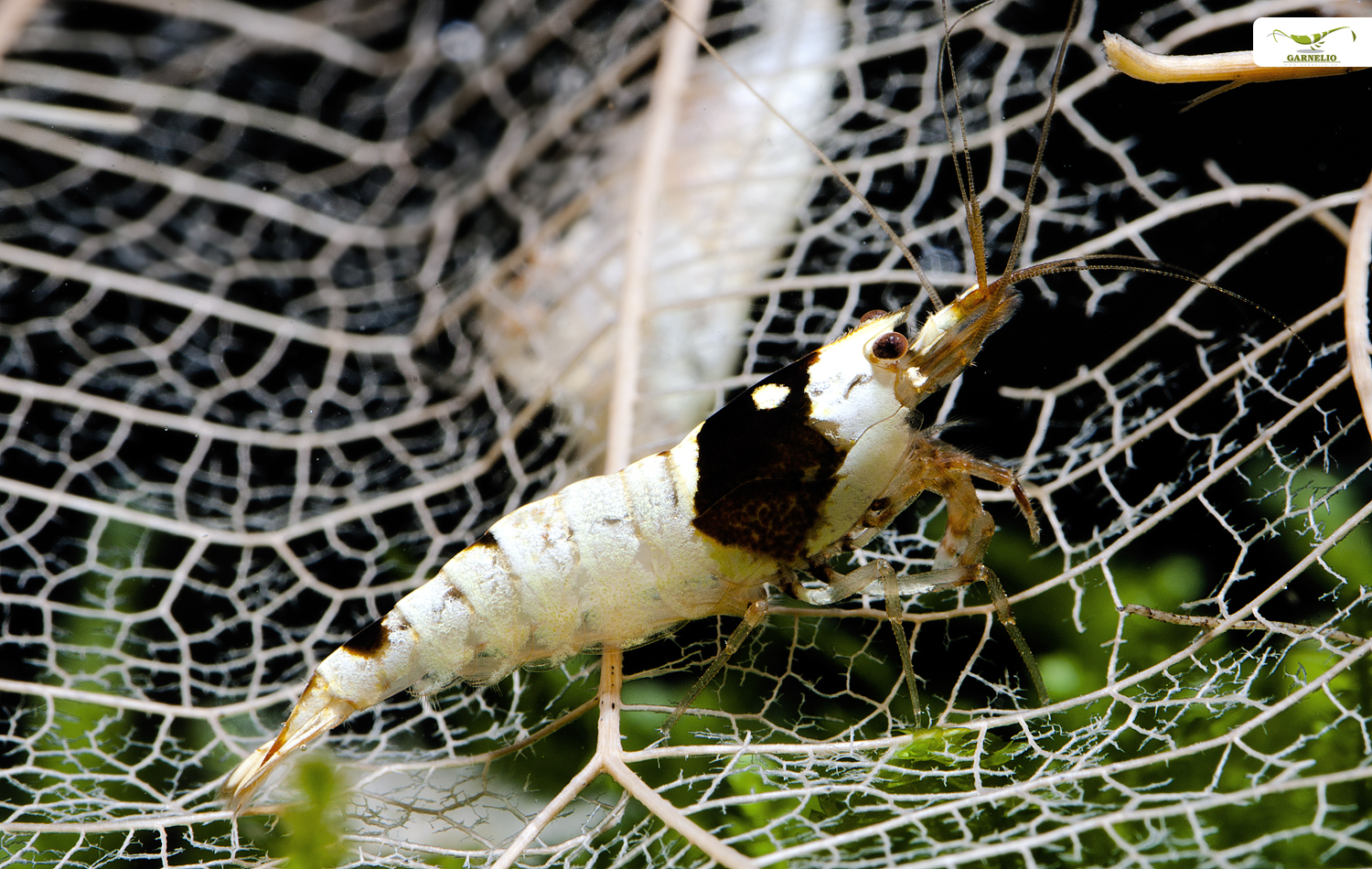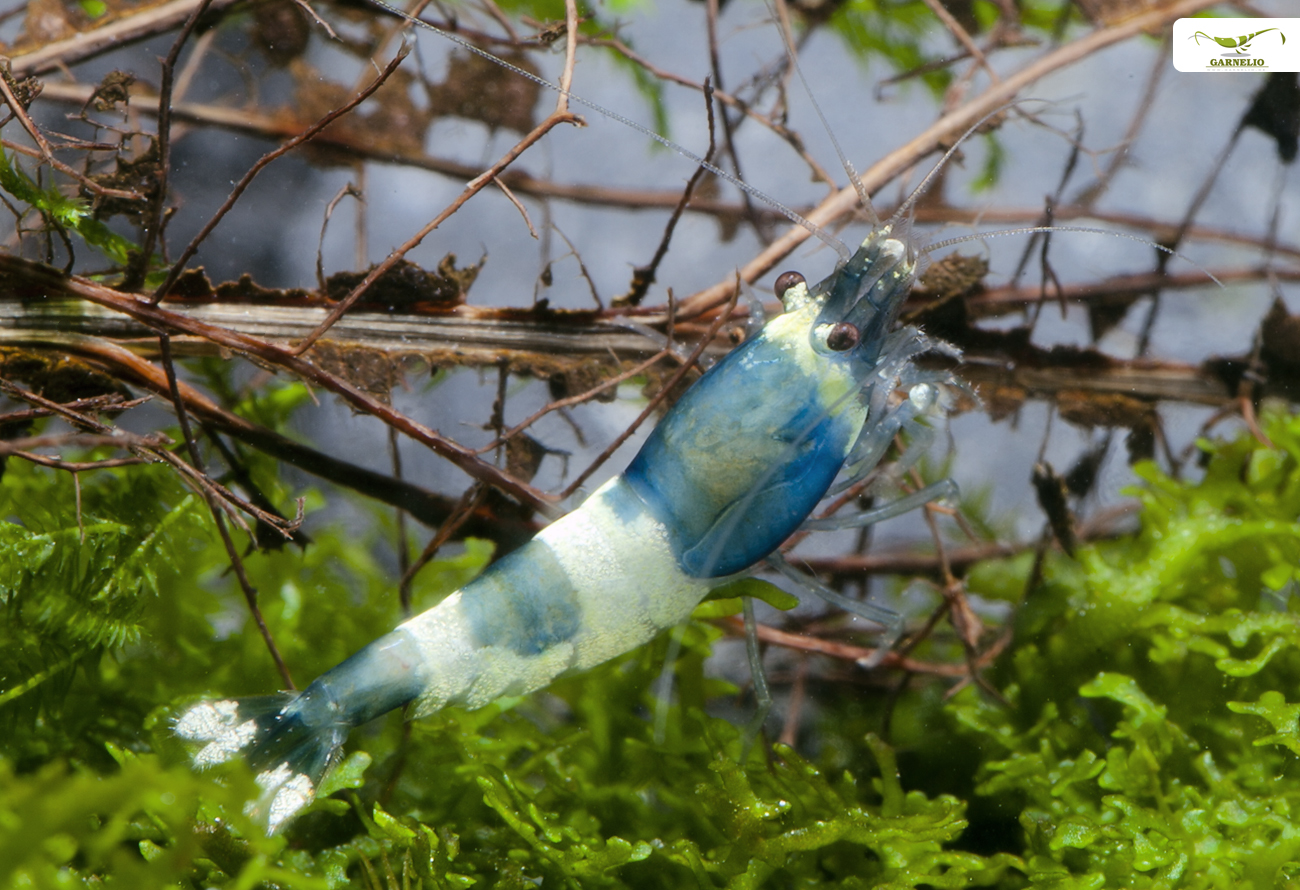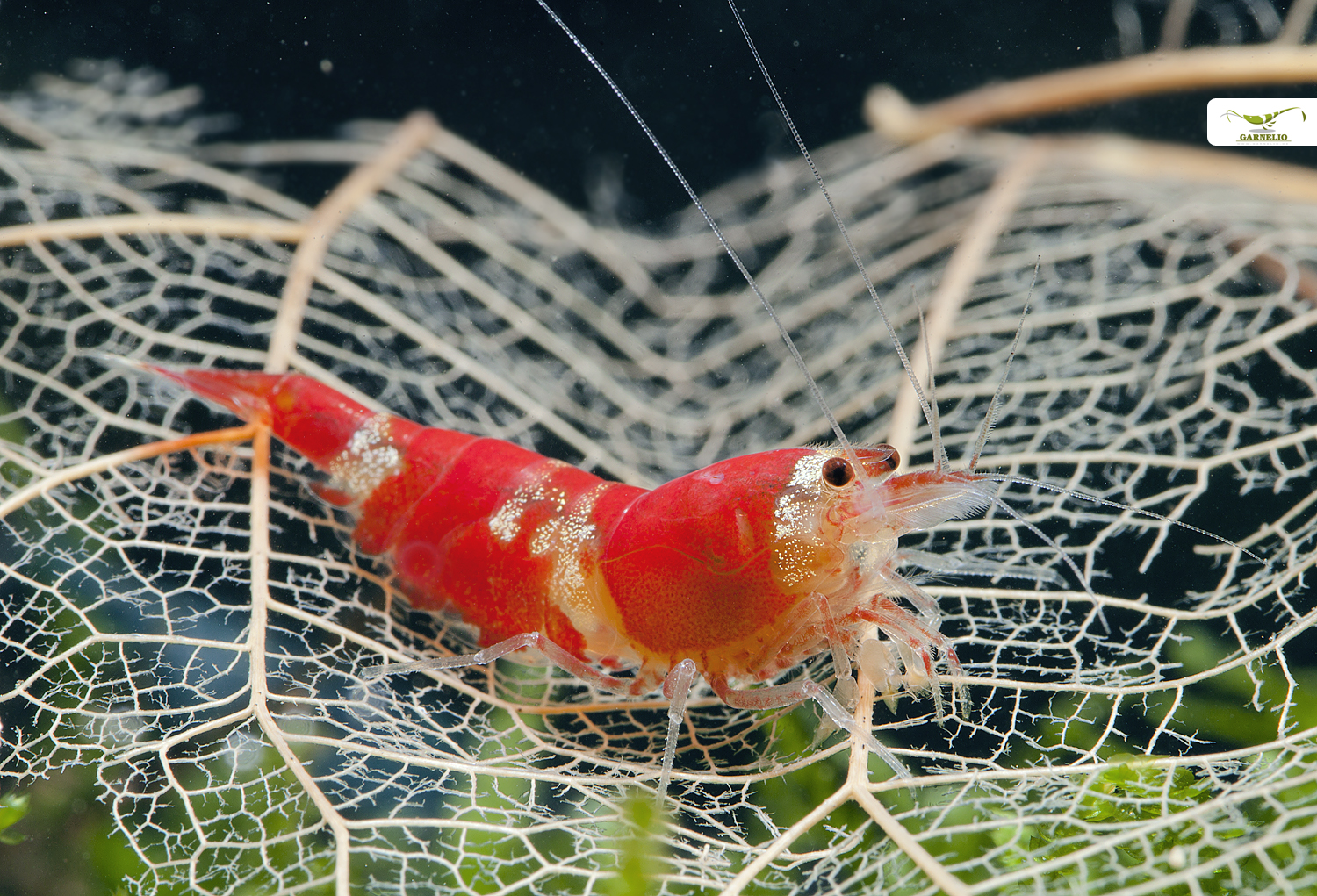Autumn leaves in the aquarium - treats for shrimps & co
Colorful are already the forests, the leaves are falling ... and thus the active time has begun for shrimp, crab, crab and snail keepers. Most invertebrates in freshwater love fallen brown leaves. In biotopes in nature, it is the staple food par excellence for the vast majority of species, and besides, such an accumulation of brown leaves provides excellent hiding places for the young while providing a wonderful supply of valuable food. The humic substances contained in brown autumn leaves are incidentally very good for the water, because they make it somewhat softer and more animal-friendly. Even if they color the water a little brownish, it remains clear. This light amber tone also makes the colors of the animals shine even more beautifully.

The foliage of which trees is suitable?
The foliage of most European deciduous trees is suitable for use in the aquarium. Oak and beech are particularly popular, but the foliage of walnut, maple, chestnut, magnolia, birch, hornbeam or alder can also be used. With restrictions - because fruit trees are often sprayed, then please do not collect - are also suitable cherry, plum, apple and pear. The foliage from the hazel bush is also a good food. Ornamental shrubs may contain poison, from them, in principle, better to keep your hands off!
Brown autumn leaves and their use
Completely brown autumn leaves are suitable as permanent food and can be left in the aquarium until they are completely decomposed. Unlike green foliage, it does not pollute the water. Initially, brown leaves are merely grazed on by shrimp. They are still too hard, but a thin biofilm quickly forms on them, which shrimp eat with enthusiasm and which provides them with important and, above all, very well-tolerated proteins. Later, when the leaf tissue has been broken down by bacteria and the leaves are soft and friable, leaf parts themselves are also ingested by shrimp. Crayfish, crabs and snails will also eat the leaf matter even when it is still a little harder. If you collect directly from the tree, you can simply put the leaves into the tank - in one piece or crumbled. It will float on the water surface for a few days and then sink. If you want to place the foliage in a specific place (for example in an aquascape), you can of course pour boiling water over it briefly. Then it sinks immediately. If you have picked up foliage from the ground, it is also advisable to briefly scald it.

Green foliage and its use
Green foliage - whether over-broken or dried - contains monosaccharides and polysaccharides, which can have a massive negative effect on water quality, especially if overfed. Sugar promotes bacterial growth - and bacteria are not well tolerated, especially by shrimp. In the worst case, a bacterial bloom can occur, resulting in severe oxygen depletion. This can even kill shrimps, crabs, snails and crayfish! Green leaves should therefore be treated like normal food and uneaten remains should be removed from the aquarium after half a day at the latest and never left in the tank overnight - when the light is off, a bacterial bloom is often only noticed when animals are already lying dead on the bottom. The leaves of a few tree species contain medicinally active substances (such as walnut or birch. They are the only green leaves that can actually stay in the aquarium for a long time.
Please note
When collecting leaves, it is important to observe the following points:
- do not collect along busy roads or close to industrial areas
- do not collect leaves from sprayed trees (very important for fruit trees!)
- do not collect leaves from trees next to sprayed fields or plants

Storage
When the leaves are not completely dry, spread them loosely in a thin layer in a warm, dry place so that they can dry completely. After that, it is best to store them in a cardboard box or a cloth or paper bag. Plastic bags or other airtight containers are not suitable, because the foliage can mold due to its low residual moisture.
Alternatives
If you live in the middle of the city and do not have a suitable forest at your disposal, you can of course also use purchasedleaves . Sea almond leaves, for example, are a good alternative, especially in shrimp aquariums, if you are not sure of your source.

Haselnusblätter
Sehr guter Tipp. Da mein Nachbar einen Haselnussbaum im Garten hat habe ich immer viel Laub zur Verfügung. Ich werde es dann mal austesten wenn ich soweit bin. Ich habe mich erst jetzt mal richtig mit Nano Aquaristik auseinander gesetzt und bin fasziniert davon. Nachdem ich mir jetzt einen Nano Cube 20 l Komplett Set angeschafft habe, werde ich ihn erstmal Garnelenfreundlich einrichten und die 3 wöchige Einlaufphase abwarten. Danach würde ich gern Neocaridina davidi als Set 12 STK. einsetzen oder ist das schon zu viel für ein 20 l. Aquarium? Kann ich die Haselnussblätter auch als Hauptfutter verwenden oder sollte ich auch ab und zu Proteinfutter zugeben?